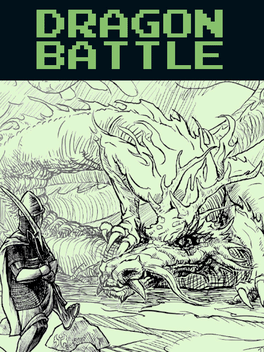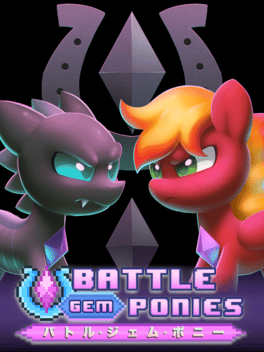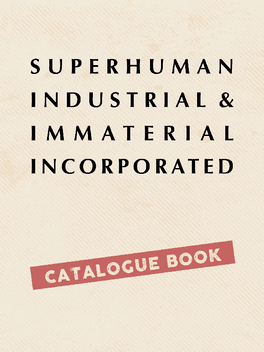Most Popular Xbox 360 Games - Page 223
-
RPG Clicker
2018
-
The Roscoe: Who's Ya Daddy?
Become the richest pimp in the neighborhood Demo version -
Openbound Online
Roleplay or fill the entire place with perfectly generic cubes. Why not? -
Battle Gem Ponies
2024
Battle Gem Ponies
2024
A super-powered, shapeshifting pony RPG. Command a super-powered, shape-shifting pony in this RPG Adventure! In a world where unpredictable legendary beasts pose an existential threat, you'll embark on a journey across the Pinto region to become the best pony tamer in the world and protect your magical companion from those who want to use her as a secret weapon. Customize your team with hundreds of different moves, stat arrangements, & collectible battle gear to gain the upper hand in this rapid-switchout Rock/Paper/Scissors combat system. A years-in-the-making love letter to the My Little Pony & Pokémon communities, celebrating one year of progress since the successful Kickstarter campaign! -
Superhuman Industrial and Immaterial, Incorporated
A short storygame about an average person's day in a city full of superheroes. -
The Disembodied Hand
A three player, GM-less TTRPG about parenthood in Medieval Wales. -
The Tyrant's Dream
The Tyrant's Dream is a GM-less microgame about the power of prophecy. Play as a Magus in a decadent court, and try to unravel the meaning of your ruler's dreams. Will you be a true prophet, and grasp at the real meaning of the images in the dream? Or will you try and curry favor with the Tyrant, and become their Favourite?




